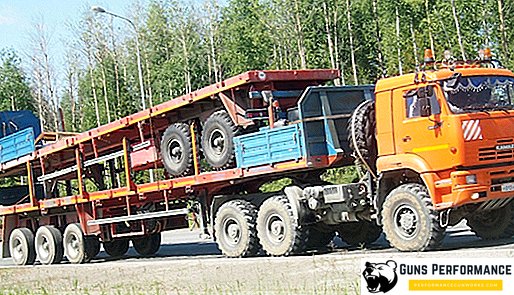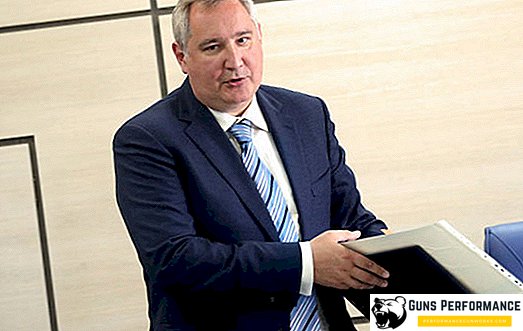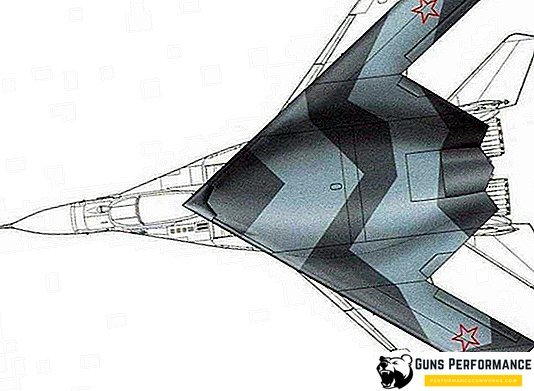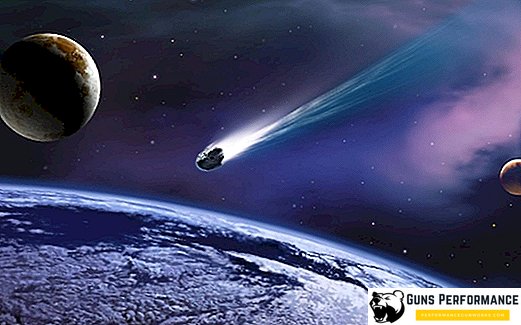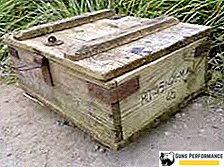March 1 this year, speaking with another message to the Federal Assembly, Vladimir Putin presented new models of strategic weapons. Among those represented were the Sarmat ICBM, the Dagger hypersonic rocket, the Avangard complex, an autonomous underwater vehicle with unlimited range, and a cruise missile with a nuclear power plant.
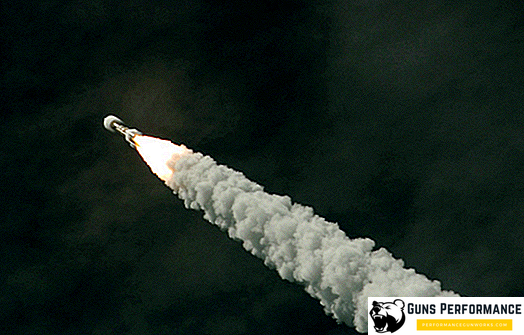
It was she who became the real highlight of the presidential speech. After all, a rocket with nuclear power plants is not just a formidable weapon, but also a real technological breakthrough that can lead to a real revolution in transport, energy, and space exploration. It would seem that at last we wiped the nose of the West and got a reinforced concrete reason for pride. Thousands of users rushed to dig out what a nuclear engine is, how it works and how it might look. And I must say that familiarity with this topic even at the Wikipedia level increases the number of questions many times, and makes one doubt the adequacy of people writing speeches for the Russian president. But it's better about everything in order.
From the history of the issue or how tamed the peaceful atom
The beginning of the nuclear era was a time of unprecedented euphoria. Mankind has received a huge and inexhaustible source of energy, so the nuclear engines just wanted to cling to everything. Ships and submarines, aircraft, missiles, spacecraft, tanks and even cars. And if everything worked out with submarines and icebreakers very successfully, it didn’t work very well with flying and land vehicles. To shove a nuclear reactor into an airplane turned out to be incredibly challenging.
In the mid-1950s, the Soviet Union worked on the creation of a strategic bomber M-60 with a nuclear power plant, but it was not possible to make this car. To protect the crew from radiation, the pilots had to be placed in a special lead capsule weighing 60 tons. The lack of a normal review was compensated by cameras and periscopes, as well as a huge amount of automation. The big problem was the maintenance of the "nuclear monster." Planned to entrust the robots with refueling, installing weapons and even delivering the pilots themselves to the aircraft. All this required the creation of completely new airfields, which was expensive even for the Soviet Union. Therefore, the project turned at the stage of drawings.
In the United States in the early 60s seriously engaged in the creation of a cruise missile with a straight-through nuclear jet engine (project "Pluto") and were able to advance to the testing stage. The principle of operation of the power plant was quite simple: the air flow passed through the active zone of the 500-megawatt reactor, heated and exited through the nozzle, creating jet thrust. The launch of "Pluto" was to be carried out from the ground with the help of rocket boosters.
During the implementation of this project, the Americans faced two problems at once. First, the air, passing through the reactor, became wildly radioactive, so launching a cruise missile over its territory was quite fraught. And secondly, before the creators of the acute question of the site of flight tests. Suddenly, the rocket will deviate from the course and fall on a densely populated area or just fly over a large city, contaminating it with radiation? And where to end the route of the device with a working nuclear reactor on board, which will inevitably be broken when it falls? As a result, the project, which spent hundreds of millions of dollars, was simply closed quietly.

Back in the past or why does Russia need a nuclear cruise missile?
Almost seventy years did not return to this topic, so Putin’s speech became a real thunder out of the blue. A very well-known and respected publication Popular Mechanics, after analyzing the available information, came to the conclusion that the cruise missile is likely to be equipped with a nuclear engine, which is a further development of the Soviet Topaz and Buk power plants, which at one time have been designed for use in space.
Developers and operators of such weapons will inevitably encounter the same problems that did not allow to bring to mind the projects of the 60s. Indeed, since that time, nothing fundamentally new has been invented. The product will also pollute the air and the territory with decay products and pose a serious danger on the ground.
There is one more question that came to my mind immediately after the presidential speech. Cruise missiles are not trained to land, they fly to a certain point, and then fall on the adversary’s heads. How to test weapons with a nuclear reactor on board? That each launch will lead to the creation of a small Chernobyl in Russia? Recently, Western media reported on four failed tests of a “nuclear rocket”. What is that supposed to mean? We have four new "exclusion zones"? But the revision of new weapons systems can last for years and include dozens of launches.
Also, the possibility of "squeezing" a nuclear reactor into the dimensions of a conventional Caliber type cruise missile is in serious doubt.
Well, the main thing: why do we need such a "vundervaflya"? Want to create an intercontinental KR? Why then not equip it with a reliable, cheap and safe chemical engine? Back in the 50s, the Soviet Union developed the “Storm” cruise missile with a range of 8.5 thousand km. The project was not completed due to the successes in the creation of ICBMs, the use of which as a carrier of nuclear weapons seemed much more interesting. In the United States, about the same years, the intercontinental SM-62 Snark with a range of more than 10,000 km was in service. And this is without any reactors, radiation and danger to its own population.
Theoretically, a cruise missile with a nuclear engine can be created, of course, and it will indeed have an unlimited radius of action. But why? The issue of delivering nuclear weapons to intercontinental distances is reliably solved with the help of ballistic missiles. And no missile defense in the coming years - and, most likely, decades - the Russian strategic forces are not afraid.


